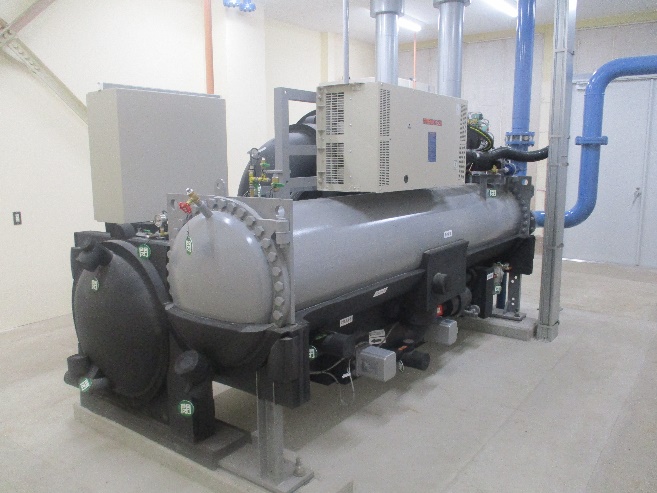Reduction of Environmental Impact in Plants: Naoetsu Plant
Efforts to Reduce the Environmental Impact at Naoetsu Plant

The Shin-Etsu Chemical Naoetsu Plant is located in the north of Joetsu City, which is at the southeast of Niigata Prefecture in the center of the coastal area facing the Sea of Japan. With the expansive Sea of Japan to the north, as well as Joshin’etsu-kogen National Park and the lush Kubiki Plain to the south, the area is surrounded by natural landscapes that change with the seasons. This region has prospered as a key area for transportation for centuries. It has a favorable environment for going to and from local communities, the Kansai region, or the Greater Tokyo Area, with the vital harbor of Naoetsu Port, the Hokuriku Expressway and Joshin-etsu Expressway for land travel, as well as the Hokuriku Shinkansen.
The Naoetsu Plant produces a wide range of chemical products and highly functional products, as well as promotes research and development to cater to the latest needs, including caustic soda, chloromethane, chlorosilanes, silicone products, cellulose derivatives, synthetic pheromones products, synthetic quartz glass substrate, photomask blanks, photo resists, and low dielectric materials for 5G. We engage in activities with the aim of helping to achieve a sustainable society and contributing to people’s lifestyles, communities, and industries.
Promotion of Energy Efficiency and Reduction of Greenhouse Gas Emissions
Introduction of Cogeneration System
The Naoetsu Plant has two power generators (in a cogeneration system using gas turbines), and it generates electricity and steam using natural gas as a fuel with low emissions of greenhouse and toxic gases. The steam is used for heating processes within the plant, as well as for generating electricity with steam turbines (in a combined system). We proactively promote initiatives for saving energy and reducing greenhouse gas emissions.

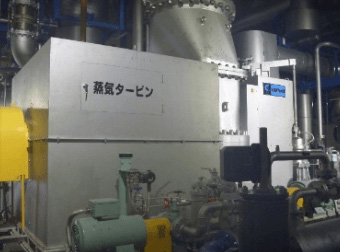
Modal Shift in Product Logistics
In addition to saving energy and reducing greenhouse gas emissions through its plant equipment, the Naoetsu Plant is also promoting the reduction of greenhouse gas emissions in the area of product logistics, for example by pursuing a modal shift from road transport to rail transport and acquiring certification as an Eco-Rail Mark company.
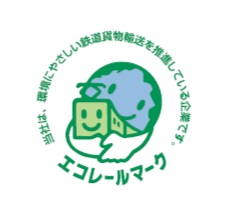
Introduction of Nitrogen Recovery Equipment
The plant uses large quantities of oxygen and nitrogen for chemical reaction processes and for ensuring safety in the facility. To this end, we use an air separator to isolate oxygen and nitrogen from the air to obtain these two gases at a stable level of quality. The exhaust gas from this process contains a high proportion of nitrogen, and we collect and reuse it to obtain more nitrogen gas while also saving energy.
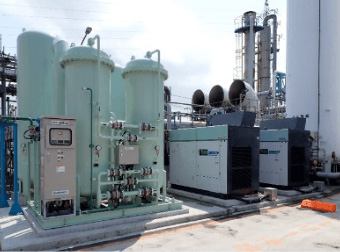
Energy Savings in Clean Rooms
Since it is necessary to maintain a clean work area at all times in the manufacture and development of cutting-edge products, a lot of energy is invested in air conditioning. By introducing a heat pump into our air conditioning system, we were able to achieve significant energy savings. We are also adopting energy-saving filter equipment that removes extremely fine dust and particles from the air.
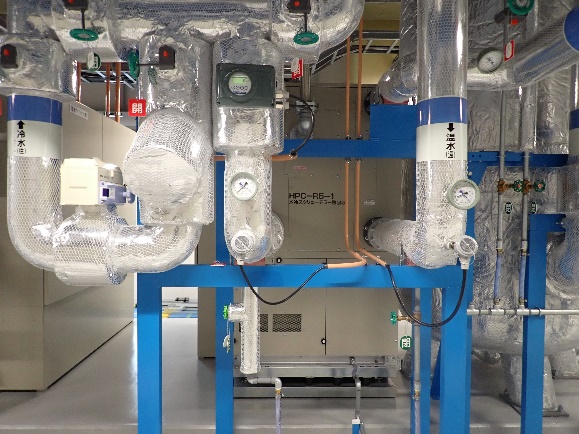
We are proactively engaging in many other efforts to save energy, such as reducing the amount of steam used in distillation and solvent recovery in chemical processes, updating our equipment with high-efficiency coolers and gas compressors, and achieving greater efficiency in our clean room air conditioners.
We collaborate across the plant to seek out ideas for reducing greenhouse gas emissions, and we are discussing the use of advanced technologies for waste heat recovery, CO2 recovery, and other applications.
Going forward, we will continue to drive initiatives to realize a decarbonized society.
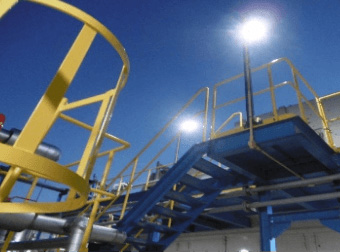
Approaches to the Preservation of Water Resources
The Naoetsu Plant has two large anaerobic wastewater treatment facilities. The methane (biogas) generated as a product of the wastewater purification process is effectively used as boiler fuel. In addition, we have deployed a carrier* that immobilizes fungi and bacteria in the existing aeration tank of our aerobic wastewater facilities, and have introduced technology that improves wastewater treatment capacity to produce treated water with a lower environmental impact.
We also have a sedimentation treatment facility that isolates the solids suspended in the water and purifies the water to be clean and clear.
*Carrier
A substance that serves as a base for affixing to other substances, such as adsorbing exhaust gas components or rare metals.
Approaches to Reducing Waste Materials
Recycling of Waste Materials
The Naoetsu Plant promotes activities to reduce waste materials generated in manufacturing and processing. For example, we take the paper materials that would otherwise be discarded in the manufacturing process, and we effectively utilize them by making recycled paper. We are also proactively considering ways to recycle the solvents from chemical reaction processes or create formulations that allow them to be reused.

Reducing the Weight of Waste for Disposal
The plant’s wastewater treatment facilities separate and dehydrate the inorganic solids contained in the wastewater to make a solid sludge. This sludge is treated as industrial waste by an external contractor and is put to effective use as roadbed material and the like.
We replaced the dehydrator in the wastewater treatment facility with a new model with superior dehydration performance, which reduced the amount of water in the waste sludge, thereby reducing the weight of waste for disposal.
This has reduced the energy required to transport the waste to our external contractor. We are promoting activities that can contribute to reducing environmental impact by considering all processes up to the final treatment process.
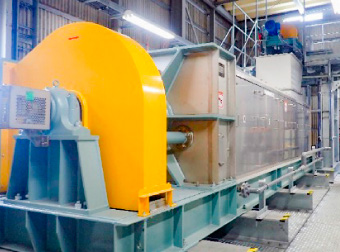
Recycling of Used Organic Solvents
Organic solvents used in chemical reaction processes are usually incinerated as industrial waste, but the Naoetsu Plant is working to reduce the amount of waste solvent that becomes industrial waste by refining and recycling solvents that have already been used. In FY2024, we continued to increase the variety and volume of recovered solvents through process improvements, achieving a further 13-ton reduction in waste solvents compared to the previous fiscal year. Going forward, we will continue to study process improvements to conserve resources and reduce environmental impact.
Improving Air Quality
Some of the large refrigerators that cool manufacturing facilities use substances that cause global warming as refrigerants. In addition to thorough management to prevent refrigerants from leaking to the outside, the Naoetsu Plant is actively introducing and upgrading refrigerators which use refrigerants with lower global warming potential.
